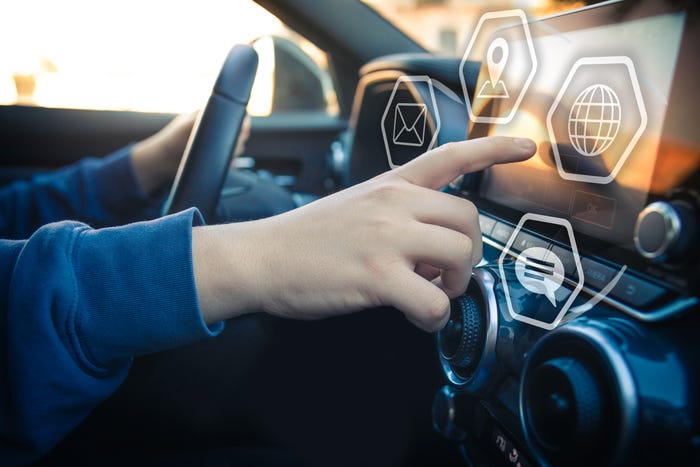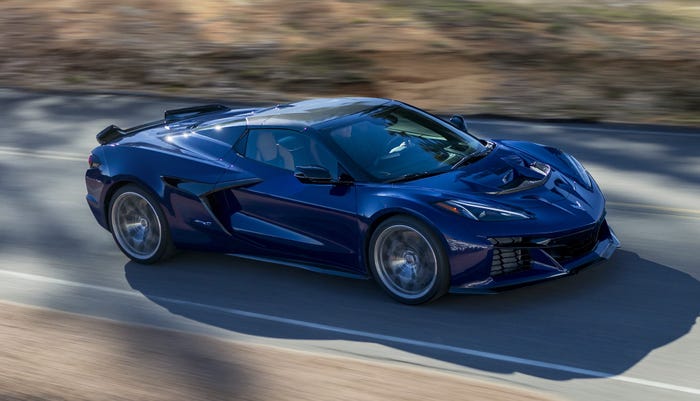Automotive UX Must Move Beyond the Smartphone, Designers Say
Don’t try to imitate consumer electronics in designing new human-machine interfaces, say panelists at the Wards User Experience Conference. The automobile is capable of offering so much more.

NOVI, MI – It’s time for UX designers to shift into a higher gear.
That’s the message from panelists discussing the “Newest Tech and Concepts for Enhancing UX” at the WardsAuto User Experience Conference here. They say automakers must abandon the smartphone as their design inspiration and begin to create more innovative, vehicle- and brand-specific human-machine interfaces in the years to come.
Trying to keep up with consumer electronics is futile, advises Jonathon Baugh, experience architect for consultant Pillar Technology. Those devices, particularly smartphones, have evolved to a high standard over many years, can be updated frequently and are made to perform in an entirely different environment.
“We can’t compete at that level,” he says. “It’s time to change tactics.”
Tero Koivu, vice president-product management for Rightware, a leading provider of HMI software, says UX designers should approach next-generation HMIs as a blank canvas with limitless possibilities.
“You can really be creative in (developing UX for) cars,” he says, encouraging designers to produce HMIs that not only are functional but convey emotion and reflect brand character.
“Cars are lifestyle items,” Koivu says. “Brand is emotional. This is what we’re trying to create, to improve.”
He too calls for an end to the smartphone-design phase. “That was the first step, but it’s time to start designing the future of UX for cars. We have the opportunity of a lifetime.”
Baugh says designers should stop thinking about adding a vast array of new features and focus on creating value instead. Simply providing additional flash isn’t enough, he emphasizes. Instead, give car buyers something that will make a real difference to them.
“More isn’t always better,” Baugh says of today’s practice of filling up the vehicle’s touchscreen with more and more apps consumers may not be all that interested in using. “Solve a single problem and do it really well.”
And don’t wait until the prototype for a new concept is finished to begin audience testing.
“You don’t need perfection just to start the process,” he says, suggesting designers continually test and refine theories during development.
“Iterate, iterate, iterate. (And) don’t live in the lab. Try things out in the real world.”
Koivu says UX designers should study the underlying technologies available to them so they know how systems and applications work and what they can do. Then leverage that existing ecosystem when creating new HMIs.
“You don’t have to create everything from scratch,” he notes.
About the Author(s)
You May Also Like
_(2).jpg?width=700&auto=webp&quality=80&disable=upscale)


